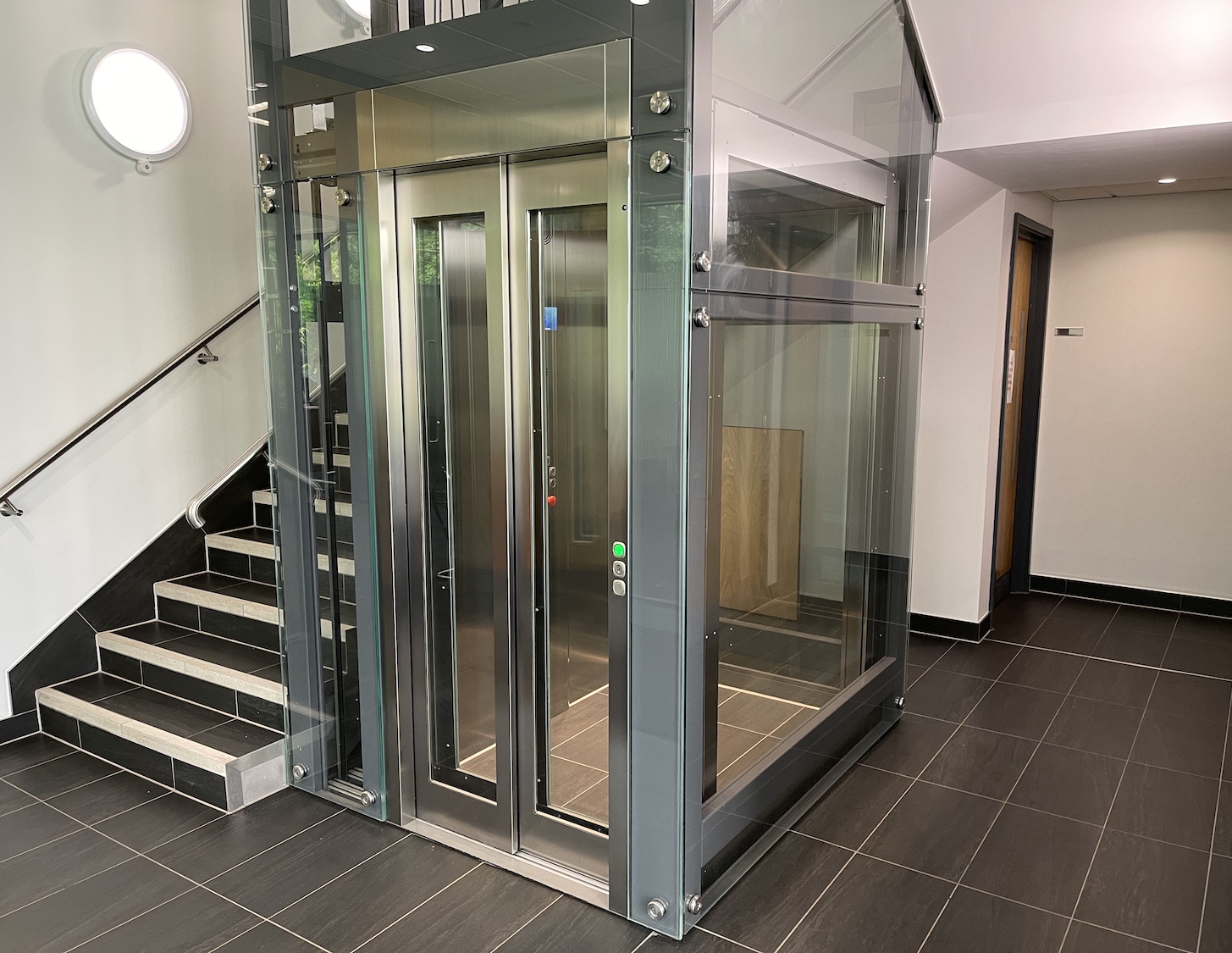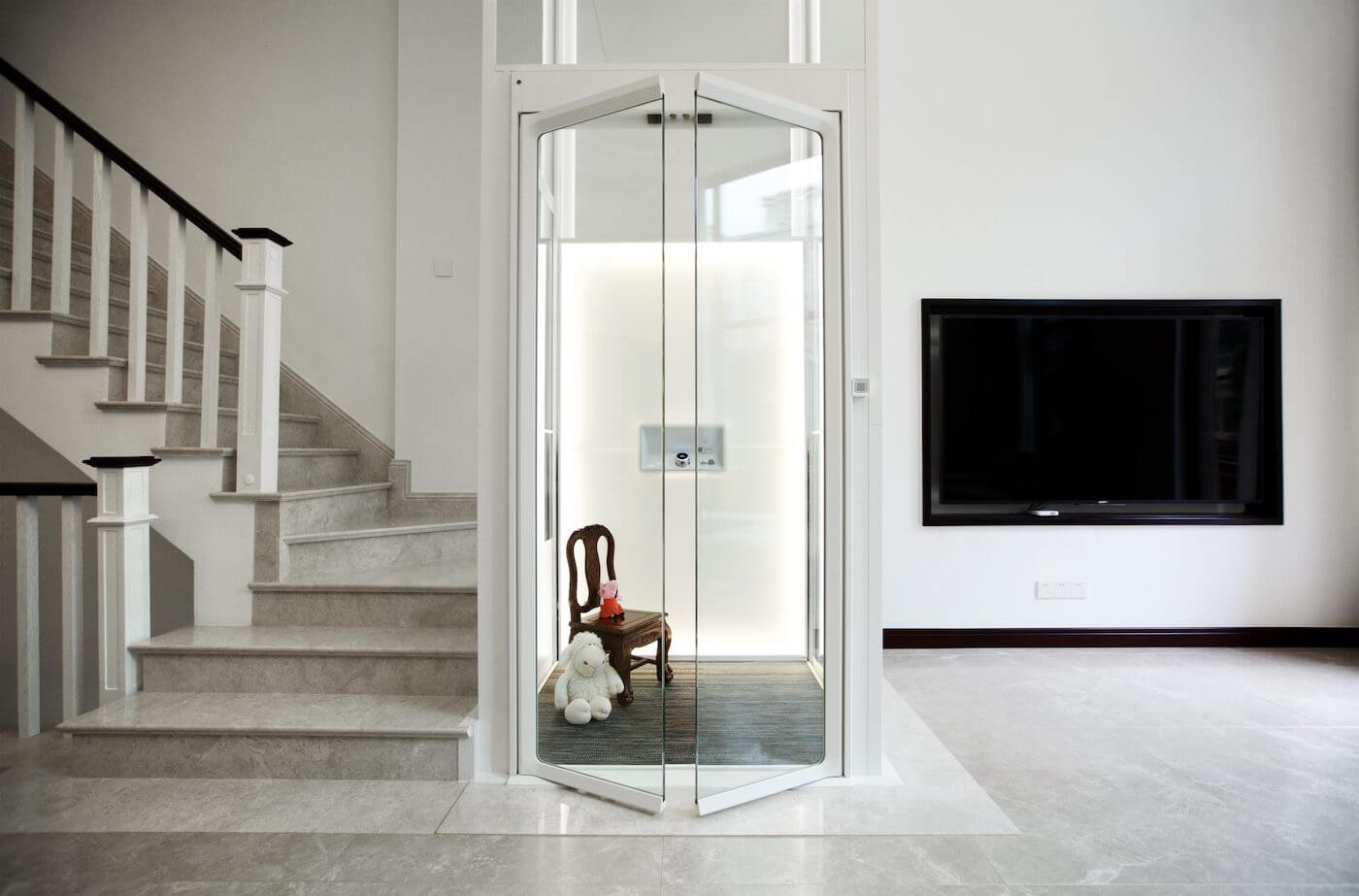Find Dependable Lift Repair Near Me for Fast and Affordable Solution
Find Dependable Lift Repair Near Me for Fast and Affordable Solution
Blog Article
Digging Into the Globe of Elevators: Usual Issues Encountered by Different Lift Systems
As we browse with the vertical transportation systems of modern-day structures, elevators stand out as an indispensable component of our everyday lives. From hydraulic lifts to traction systems and machine-room-less layouts, each lift kind comes with its set of typical problems.
Hydraulic Lifts
Hydraulic elevators, usually preferred for low-rise structures, use fluid stress to manage the movement of the elevator car (lift repair companies). This system includes a hydraulic pump pressing oil right into a cyndrical tube, creating the lift to relocate in the desired direction. While hydraulic elevators are known for their silent and smooth procedure, they do include their very own collection of common problems
One widespread trouble with hydraulic lifts is oil leakage. In addition, problems with the control system, such as defective valves or a malfunctioning pump, can create disturbances in the lift's activity.
Regular maintenance and punctual repairs are necessary to make sure the smooth functioning of hydraulic elevators. By addressing these usual issues proactively, building proprietors can minimize downtime and ensure the security and performance of their upright transportation system.
Traction Elevators
When taking into consideration vertical transportation systems in structures, one more usual type apart from hydraulic elevators is the grip elevator. Grip lifts run making use of a system of ropes and weights that move the lift auto by grasping onto the hoist ropes. This device enables smoother and much faster upright transport compared to hydraulic systems.
One of the usual issues encountered by grip elevators is rope wear. The continuous movement of the ropes within the traction system can cause tear and wear over time, possibly creating the elevator to malfunction or become hazardous for usage. Regular evaluations and maintenance of the ropes are important to make sure the elevator's proper performance and safety and security.
An additional problem that grip elevators might come across is connected to the control system. Troubles with the control system can bring about concerns such as erratic motion, hold-ups in reaction times, and even full shutdowns. Regular testing and maintenance of the control system are vital to stop such problems and ensure the lift's dependability.
Machine-Room-Less (MRL) Elevators

Among the key components of MRL lifts is the portable gearless grip device that is mounted within the hoistway. This equipment efficiently drives the elevator vehicle without the demand for bulky tools found in conventional traction lifts. Additionally, MRL lifts typically make use of a weight system to balance the vehicle, further improving their power effectiveness.
Regardless of their advantages, MRL lifts may encounter obstacles associated with upkeep and repair service as a result of the restricted area for tools installment. Availability for servicing parts within the shaft can be limited, requiring specialized training for professionals. Proper maintenance schedules and routine assessments are critical to guarantee the continued smooth operation of MRL elevators.
Overloading and Weight Limitation Issues
Are lifts outfitted to handle excess weight tons effectively and securely? Straining and weight limit problems are important problems in lift procedures. Lift makers layout lifts with specific weight capacities to ensure passenger safety and equipment long life. Going beyond these weight limits can result in different issues, including mechanical failings, hold-ups, and security risks.
When lifts are strained, it places excessive stress on the electric motor, cables, and various other elements, potentially creating malfunctions or break downs. Security mechanisms such as sensors and overload sensors remain in area to avoid elevators from relocating if they identify excess weight. Additionally, going beyond weight limits can result in increased power usage and deterioration on the elevator system.
To minimize overloading issues, building managers should prominently show weight restrictions in lifts and educate occupants on the relevance of sticking to these limitations - lift repair companies. Normal maintenance checks by certified specialists can additionally aid make sure that lifts are operating within safe weight specifications. By dealing with overloading and weight restriction concerns proactively, building proprietors can visit their website boost elevator safety and security and efficiency
Electric System Failures
Surpassing weight limits in elevators can not just result in mechanical concerns however also possibly contribute to electrical system failures within the lift facilities. Electrical system failures are an important concern in lift procedure, as they can trigger unexpected shutdowns, breakdowns, or also safety threats. One common electric concern is the getting too hot of elements as a result of excessive present flow triggered by straining the lift past its capacity. This can lead to harm to the control, circuitry, or motor systems, leading to pricey repair work and downtime.
Moreover, power surges or fluctuations in the electrical supply can additionally interrupt the lift's operation, influencing its efficiency and safety and security. These electric disruptions can harm sensitive lift components such as control board, circuit boards, or sensing units, bring about system failings. Routine maintenance and assessments are critical to recognize and resolve potential electric problems immediately, making sure the risk-free and efficient operation of elevator systems. By sticking to weight restrictions and performing routine electric system checks, structure proprietors can home reduce the risk of electrical failures in lifts.
Conclusion

Hydraulic lifts, commonly chosen for low-rise buildings, use fluid pressure to manage the activity of the elevator car.When considering upright transport systems in structures, an additional usual kind aside from hydraulic elevators is the traction lift. Grip lifts run utilizing a system of ropes and counterweights that move the lift vehicle by grasping onto the hoist ropes. Unlike traditional elevators that require a different equipment room to house the devices, MRL lifts integrate many of the elements within the shaft, removing the requirement for a committed equipment space.In conclusion, lifts face usual problems such as hydraulic malfunctions, traction system failings, and click now electrical system troubles.
Report this page